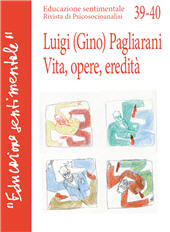Lo sfruttamento pubblicitario dell'immagine di un bene culturale, tra giudizi di valore e interessi economici
P. 141-166
La sentenza fiorentina getta nuova luce sul dibattito esistente in materia di open access dei beni culturali, offrendo spunti per riflettere sulla ragionevolezza dei limiti, previsti dal Codice di settore, alla riproduzione del patrimonio storicoartistico. Nel solco della distinzione tra finalità lucrative e non, pur prestando il fianco a possibili critiche, la pronuncia in commento tradisce una coerenza sistematica di fondo rispetto all'ordinamento giuridico e riflette l'atteggiamento politico assunto a monte dal legislatore [Testo dell'editore].
The Florentine sentence sheds new light on the existing debate on the open access of cultural heritage, offering reasons to reflect on the reasonableness of the limits, provided by the Sector Code, to the reproduction of historical-artistic heritage. Among the distinction between lucrative and non-lucrative purposes, while lending itself to possible criticism, the ruling betrays a basic systematic coherence with respect to the legal system and reflects the political attitude taken upstream by the lawmaker. [Publisher's Text].
Forma parte de
Rivista italiana di diritto del turismo : 41, 1, 2024-
Artículos del mismo número (disponibles individualmente)
-
Información
Código DOI: 10.3280/DT2024-041008
ISSN: 2039-9391


